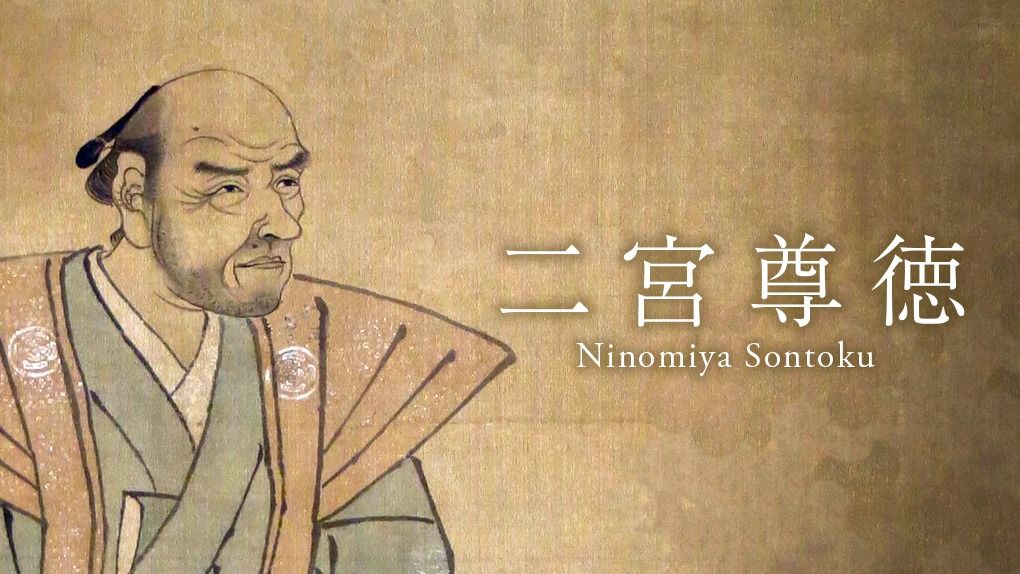
Ninomiya Sontoku: Symbol of Self-Education Makes a Comeback
History Economy- English
- 日本語
- 简体字
- 繁體字
- Français
- Español
- العربية
- Русский
Ninomiya Sontoku (1787–1856) was an important agrarian reformer and economic thinker of the late Edo period (1603–1868). Born to a peasant household, he educated himself and overcame entrenched class divisions to become a distinguished agricultural administrator, financial innovator, and economic philosopher.
But Ninomiya’s substantive achievements have often been overshadowed by his symbolic role in pre–World War II moral education. His legendary diligence and studiousness as a child made him a natural exemplar for Japanese schoolchildren. At one time, practically every elementary school in Japan displayed a statue depicting Ninomiya as a youth with a bundle of firewood on his back and an open book in his hand.
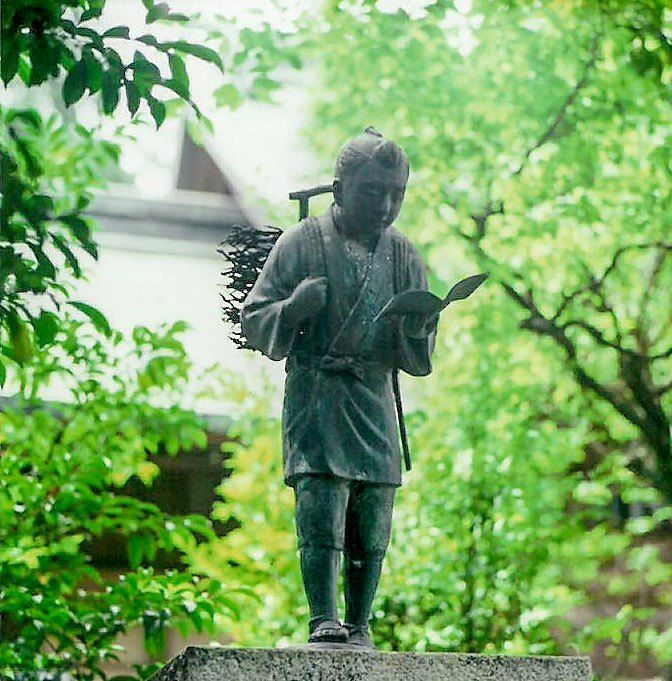
A statue of the young Ninomiya Sontoku at Hōtoku Ninomiya Shrine in Odawara, Kanagawa Prefecture. (Courtesy Hōtoku Museum)
After the war, many Japanese schools removed those images, along with the shrine-like hōanden that housed photos of the emperor and empress and copies of the 1890 Imperial Rescript on Education. Determined to stamp out emperor worship and other aspects of prewar nationalist ideology, the US Occupation authorities ordered the hōanden destroyed and forbade recitation of the Imperial Rescript. Because statues of the young Ninomiya were frequently placed near the hōanden—and because similar images had been used in conjunction with the prewar state-mandated moral curriculum—Ninomiya’s reputation suffered by association, and countless statues disappeared after the war.
That stigma has gradually faded, and today Ninomiya Sontoku is staging a comeback on several fronts. His statues are reappearing in front of school buildings. In 2018, he secured a place in government-approved textbooks used to teach the new moral curriculum. And a movie about his life and career was released in 2019, titled Ninomiya Kinjirō, after his birth name.
From Peasant to Local Administrator
Ninomiya Kinjirō was born in 1787 to a family of peasant farmers in Kayama, Sagami Province, in what is now the city of Odawara, Kanagawa Prefecture. They prospered until 1791, when catastrophic flooding destroyed most of their fields. Ninomiya’s father spent five years rebuilding the farm, but the struggle took its toll. He passed away in 1800, when Ninomiya was just 14, and the family was plunged into poverty. Two years later, Ninomiya lost his mother as well.
At the age of 16, Ninomiya went to live with his uncle. During the day he toiled in his uncle’s fields; at night he studied by lamplight. Unfortunately, his uncle (like many in those days) considered learning a useless affectation for a farmer and upbraided Ninomiya for the waste of lamp oil. This is where Ninomiya showed his initiative and ingenuity. Making use of some abandoned land, he planted oilseed rape and traded his crop for lamp oil so that he could continue studying at his own expense.
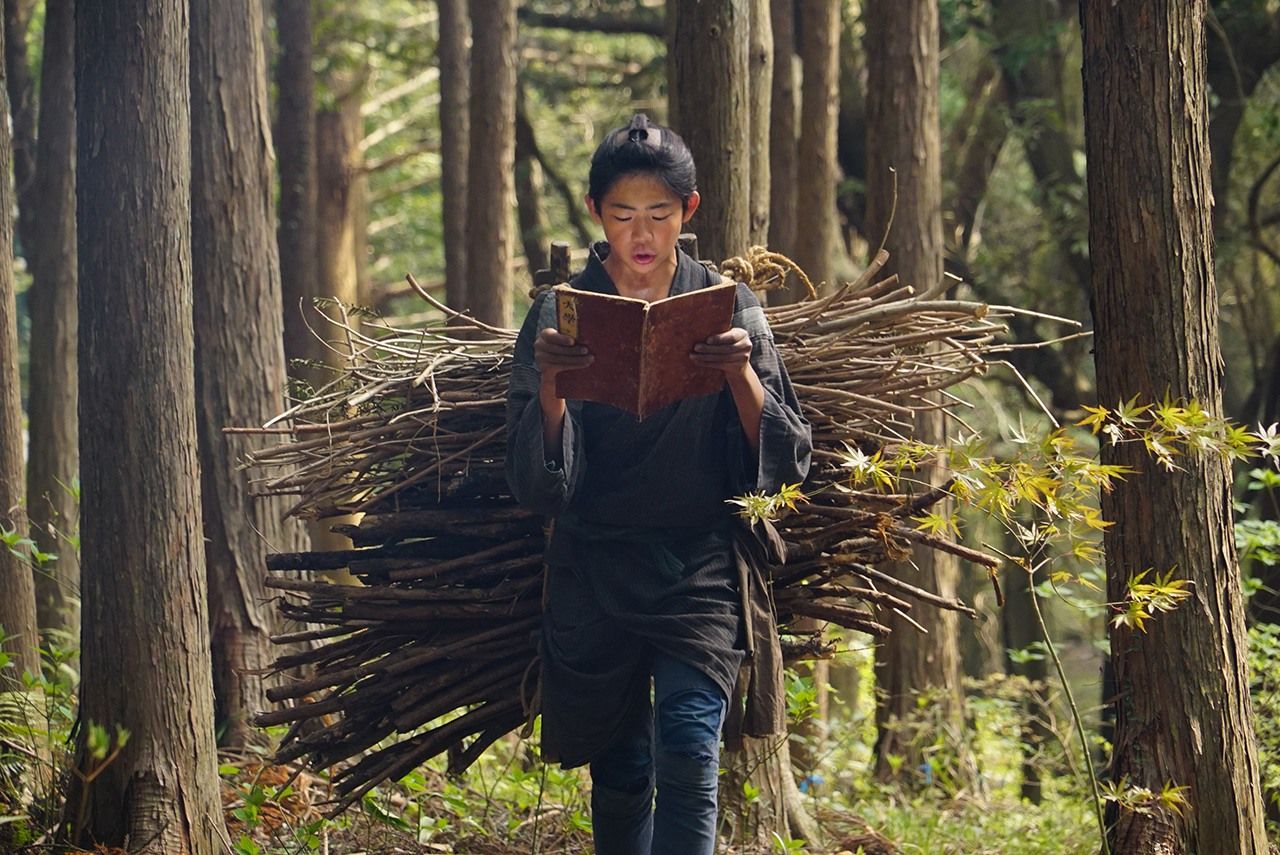
The young Ninomiya (played by Andō Mikoto) steals a moment to study while hauling a load of firewood in the 2019 film Ninomiya Kinjirō. (© Movie Ninomiya Kinjirō Production Committee)
When he turned 20, Ninomiya returned to his birthplace and set about buying back the family farm one piece at a time. He raised money by hiring himself out to other households and by selling the crops he grew on the land he had. By the time he was 24, he had amassed 1.4 hectares of farmland and restored the family’s fortunes through a combination of good farming practices and savvy financial management.
At the age of 25, Ninomiya went into service in the household of Hattori Jūrobei, chief retainer to the daimyō of Odawara. Ninomiya’s main job was to assist the family’s three sons in their studies, and in this capacity he joined them for their lessons at the home of their tutor, a Confucian scholar. This allowed him to advance his own education.
It was during his years serving the Hattori household that Ninomiya developed the concept of the gojōkō, an early form of financial cooperative. At Ninomiya’s initiative, the servants of the Hattori household voluntarily paid into a fund, from which any of them could borrow, with interest, in times of need. All members were required to abide by Confucian ethics and repay loans reliably and promptly. The scheme was popular because the risk of default was very low, and the interest from the loans profited all the lenders. In 1820, the Odawara domain invested in a scaled-up version of Ninomiya’s concept, establishing a gojōkō for all the samurai in the domain. It is widely regarded as the world’s first credit union.
Next, Ninomiya was called on to rehabilitate the Hattori household’s troubled finances. He rose to the challenge intrepidly, imposing stringent austerity measures. His talents quickly came to the attention of the daimyō of Odawara, Ōkubo Tadazane, and in 1821 he was tapped to revitalize the failing economy of the Sakuramachi district (in present-day Tochigi Prefecture), ruled by a branch of the Ōkubo clan. At a time of rigid class divisions, when the warrior class monopolized the administration of the country’s feudal domains, it was virtually unheard of for a peasant to be assigned such a responsibility.
Trials and Spiritual Awakening
In 1823, Ninomiya moved to Sakuramachi with his wife and son and set about revitalizing the district. The soil was poor, and rice yield was very low. The villagers lacked discipline and motivation, and their farms were in a deplorable state of neglect. Many fields had been abandoned entirely. As a result, revenue from the district had fallen sharply.
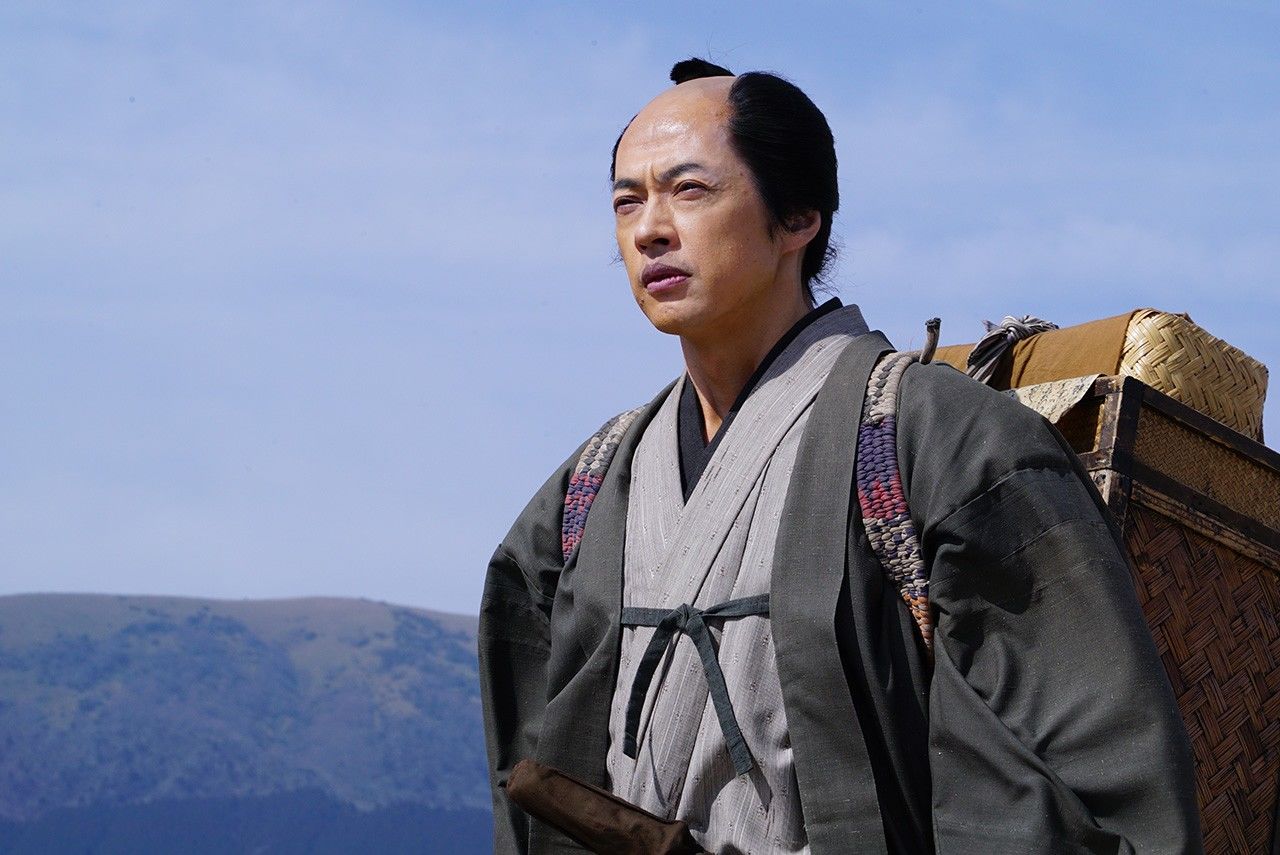
Trials and triumphs await Ninomiya (played by Gōda Masashi) at his new post in Sakuramachi. (© Movie Ninomiya Kinjirō Production Committee)
Shortly after Ninomiya assumed his post, the daimyō offered a generous grant to jump-start the revitalization process. But he refused the assistance, convinced that such aid from the domain government had contributed to the problem by undermining the villagers’ work ethic. Instead, he used his own assets, along with the money the domain was paying him, to provide low-interest financing for the purchase of farming implements and other inputs, on the understanding that profits from the sale of the crops would be applied to repayment. In this way he sought to foster personal responsibility and initiative among the villagers.
Ninomiya also recognized that cooperation and solidarity were essential to the well-being of a farm community. With this in mind, he encouraged a participatory consensus-building process that he dubbed imokoji (in reference to the technique of peeling taro roots by stirring them together in a tub).
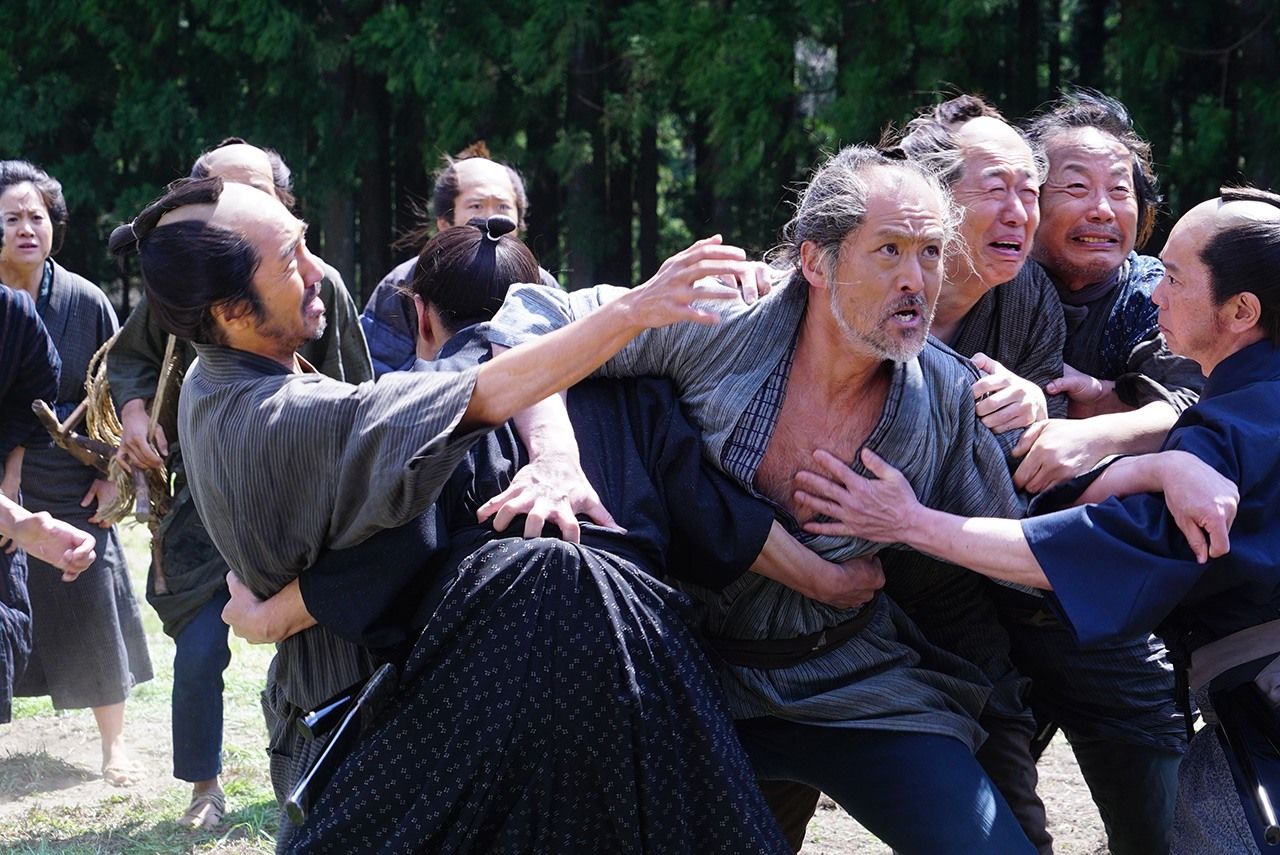
Tempers get heated during Ninomiya’s revitalization efforts. (© Movie Ninomiya Kinjirō Production Committee)
It was not long, however, before Ninomiya’s reforms ran into political resistance from samurai bureaucrats who resented his authority and local interests that favored the status quo. Stymied, he temporarily retreated to Naritasan Shinshōji temple in present-day Chiba Prefecture. After 21 days of fasting and meditation, he had a spiritual awakening. Armed with the monistic concept of ichien, or “one circle,” Ninomiya returned to Sakuramachi, convinced that he could win over his opponents.
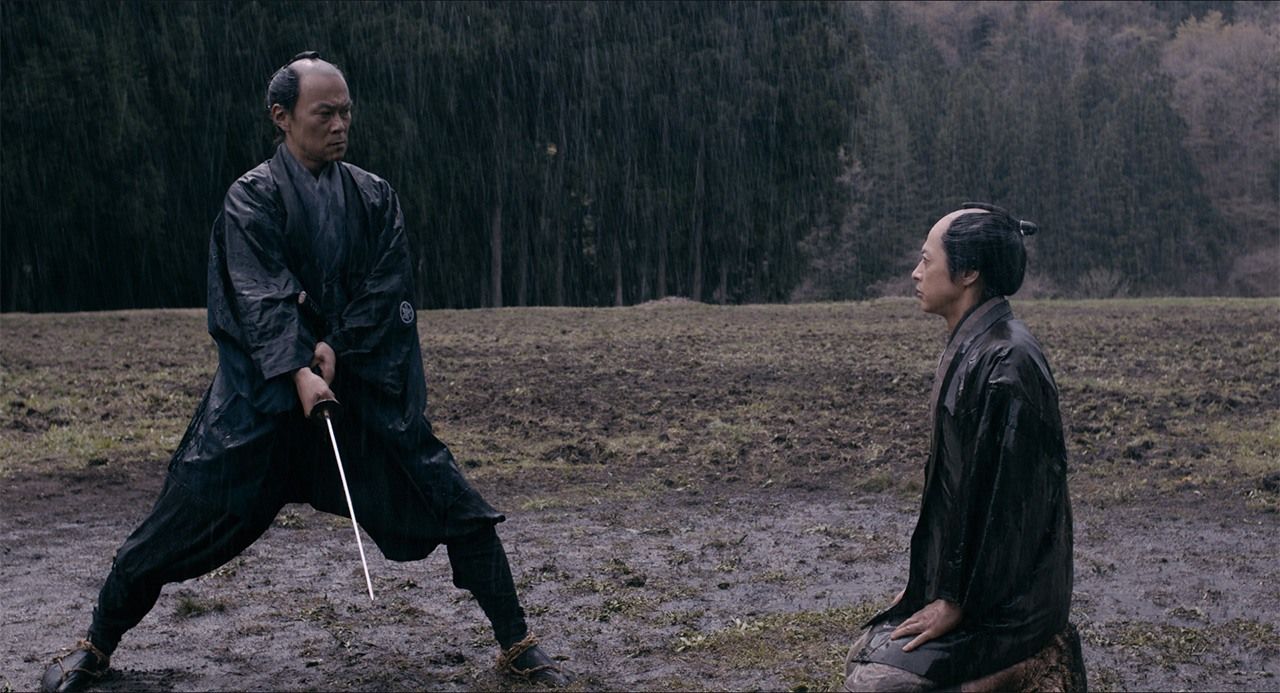
Ninomiya faces off with his nemesis, the samurai bureaucrat Toyota Shōsaku. (© Movie Ninomiya Kinjirō Production Committee)
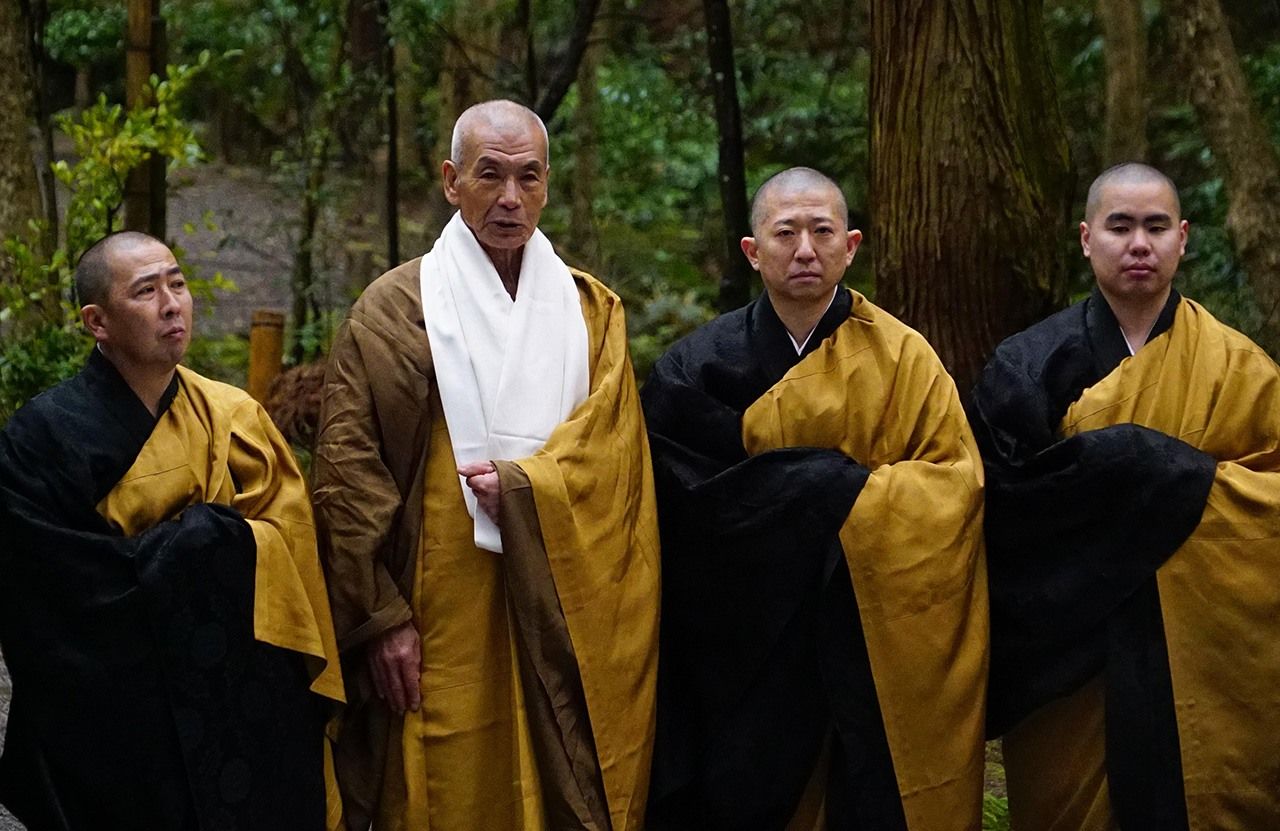
The Buddhist monks of Naritasan Shinshōji bid a fond farewell to Ninomiya as he heads back to Sakuramachi, armed with a new spiritual understanding. (© Movie Ninomiya Kinjirō Production Committee)
Things progressed more smoothly after Ninomiya’s return from Naritasan. The villagers had come to appreciate his wisdom and leadership, and his foremost antagonist had been replaced by the domain authorities. To help revitalize the depopulated district, Ninomiya encouraged resettlement from surrounding areas. He also promoted trading on the rice market, tapping a promising young villager to forecast yields year by year and buy or sell accordingly. (When the great Tenpō Famine hit in the 1830s, Sakuramachi had a substantial stockpile of rice and consequently suffered less than much of the surrounding region.) By 1831, the final year of Ninomiya’s appointment, the potential rice yield of the district’s taxable rice fields had nearly doubled compared with 1823.
Word of Ninomiya’s achievement spread, and he was subsequently drafted to lead similar programs in other districts and farming communities. By some estimates, as many as 600 villages around the country ultimately benefited from his direct guidance.
Unification of Ethics and Economics
Ninomiya also developed his own system of economic ethics, dubbed hōtoku, which was to have a profound influence on later generations. The hōtoku philosophy stressed behavior consistent with a sense of gratitude toward one’s family, one’s ancestors, the larger community, and the earth. To this end, it set forth four basic principles of conduct: shisei, or honesty and sincerity; kinrō, or diligence; bundo, or budgeting within one’s means; and suijō, what people nowadays might term “giving back.” Ninomiya preached that economic activity aimed at the accumulation of wealth could benefit society as a whole if anchored by such virtues as restraint and altruism. Such concepts laid the ethical and spiritual foundations for modern Japanese capitalism, performing much the same role that Max Weber (1864-1920) attributed to the Protestant ethic when tracing the development of Western capitalism.
Ninomiya’s Spiritual Legacy
Ninomiya’s philosophy of hōtoku inspired some of the most iconic and pivotal figures in the economic history of modern Japan. His spiritual heirs include industrialist Shibusawa Eiichi (1840-1931), dubbed the “father of Japanese capitalism”; entrepreneur Yasuda Zenjirō (1838–1921), who helped build Japan’s modern banking system; inventor and industrialist Toyoda Sakichi, who established Toyota; and the legendary Matsushita Kōnosuke (1894-1989), founder of Panasonic.
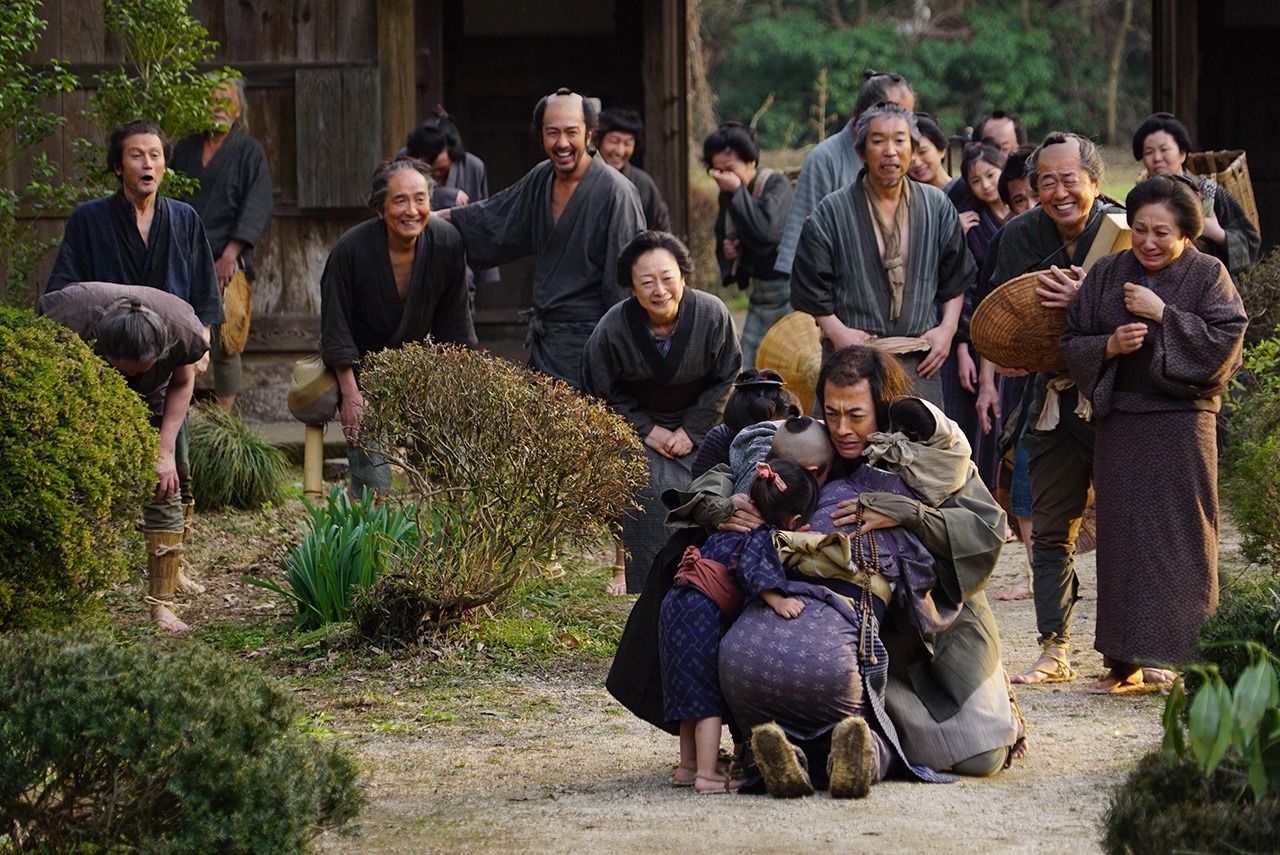
Family and friends welcome Ninomiya back to Sakuramachi after his spiritual retreat. (© Movie Ninomiya Kinjirō Production Committee)
In the popular imagination, the image of Ninomiya Sontoku as agrarian reformer and economic thinker has tended to take a backseat to that of the paragon of youthful diligence and academic zeal. The film Ninomiya Kinjirō, released near the start of the new Reiwa era, attempts to redress that imbalance, shining a spotlight on Ninomiya’s struggles and achievements as a pioneering agricultural administrator. It also highlights the social altruism that played such an important role in his career, as in the lives of the industrialists who helped build modern Japan. At a time when such values often seem to have been cast by the wayside, the return of Ninomiya Sontoku is a welcome and encouraging development.
(Originally published in Japanese on June 1, 2019. Banner photo: Portrait of Ninomiya Sontoku by Okamoto Shūki. Courtesy Hōtoku Museum, Odawara.)
history Edo period agriculture local community management biography